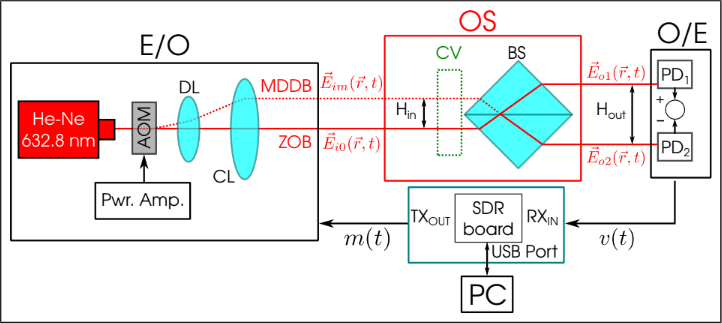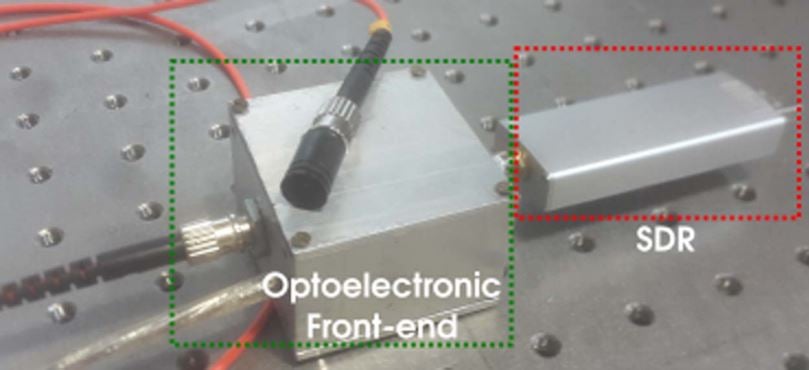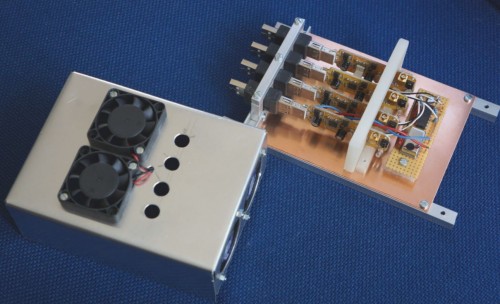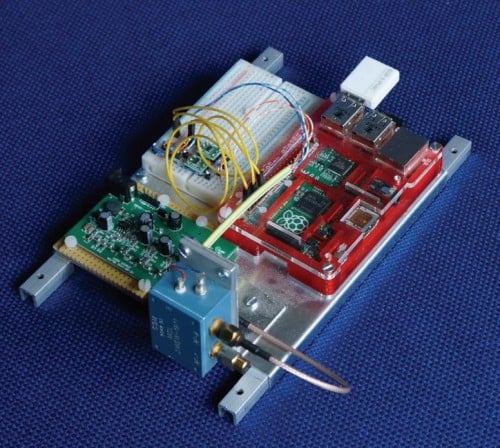Using a LimeSDR to Implement Software Defined Optoelectronic Systems
Back in January of this year we posted about PhD student Lucas Riobó's work that about about using an RTL-SDR to create a low cost optical "high-speed real-time heterodyne interferometer". In that work he used an RTL-SDR as a data acquisition tool for an optoelectronic front end sensor (opto = visual light). This allowed him to translate optical data into an RF signal, which could be received by the RTL-SDR, and then easily processed in a PC.
In his latest work Lucas has published a paper titled "Software Defined Optoelectronics: Space and Frequency Diversity in Heterodyne Interferometry" in the IEEE Sensors Journal. Note that the paper is behind an IEEE paywall, but Lucas notes that if you're interested in discussing his work that you can contact him at [email protected]. The research is similar to the work published in January, but uses a LimeSDR which can take advantage of TX capabilities. Lucas writes:
In this work, a general architecture for the implementation of software-defined optoelectronic systems (SDOs) is described. This concept harnesses the flexibility of software-defined hardware (SDH) to implement optoelectronic systems which can be configured to adapt to multiple high speed optical engineering applications. As an application example, a software-defined optical interferometer (SDOI) using the LimeSDR platform is built. The system is tested by performing high speed optical detection of laser-induced photoacoustic signals in a concentrated dye solution. Using software modifications only, conventional single carrier and also multicarrier heterodyne techniques with space and frequency diversity are performed.
A main difference with the other article described in this post, is that we could also use the transmission path of the LimeSDR to perform many modulation waveforms of the electromagnetic fields which will interfere, to provide a noticeable performance improvement in single-shot interferometric measurements.
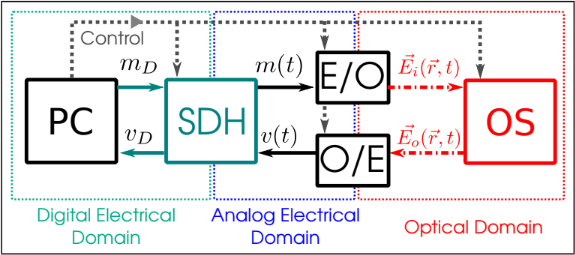
controller, SDH: Software-defined hardware platform, E/O: Electrical-Optical block, O/E:
Optical-Electrical block, OS: Optical System.
